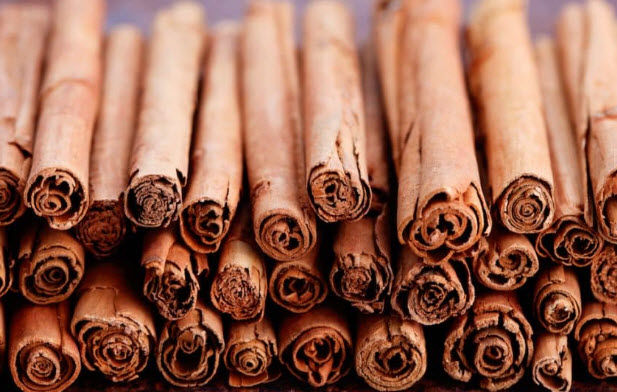Our Seasoning Components: Allspice
- Laura Knipp
- Aug 22, 2024
- 2 min read
Allspice is in the Myrtle family. It grows in Jamaica, Caribbean, and South America. The berries are used culinary and medicinally. The leaves and wood are used culinary (as a smoking element).
Many people think that allspice is a combination of many different spices, similar to what pumpkin spice is, but no it is not. It is a singular fruit from a tree. Allspice is the fruit of an evergreen plant called Pimento officinalis or Pimento diocia that can grow to heights of 40 feet. These brown berries are round and a bit larger than peppercorns. They are used dried and have a peppery bite, a taste reminiscent of cloves but a bit lighter and with some cinnamon and juniper thrown in for good measure.

Allspice is mostly thought of as a culinary herb, but it also has some healing properties you might want to explore. Like most herbs, this little berry has oils and that’s where most of the magic happens. The oil contains a compound called eugenol which is said to have pain relieving, antiseptic and anti-bacterial properties. In fact, dentists use this oil as an anesthetic and it is an ingredient found in some topical products for sensitive gums including Numizident and Benzoden.
One should be careful when using essential oils though as it can have adverse effects if ingested. Much safer is the powder made from grinding the allspice berry. It is said to help activate digestive enzymes which aid in digestion as well as relieve gas and bloating. The best way to take it is in a tea - combine 1 or 2 teaspoons of powder in a cup of boiling water and steep for 10 minutes. Drink up to 3 of these a day to alleviate digestive problems. Allspice has also been used traditionally as a remedy for muscle ache. Just grind up the allspice and mix it with water to make a paste. Make a poultice and apply directly to the area.
This spice also has antioxidant properties and contains some essential vitamins and minerals such as iron, magnesium, potassium, copper, selenium, selenium, vitamin A, vitamin B6, Vitamin C, riboflavin and niacin.
This spice is on the FDA’s list of herbs that are safe for external use. Be sure to use the oil sparingly - only 1 or two drops topically and do not ingest it as it can result in eugenol poisoning which may cause nausea and even convulsions. The powder is safe to use however, although some people might be allergic to allspice. When used topically it could cause rash or inflammation if you have sensitive skin. Individuals with stomach ulcers, ulcerative colitis, and diverticulitis should avoid eating dishes made with this spice. As always, consult your doctor before consuming any new food or if you have any questions or adverse reactions.



Comments